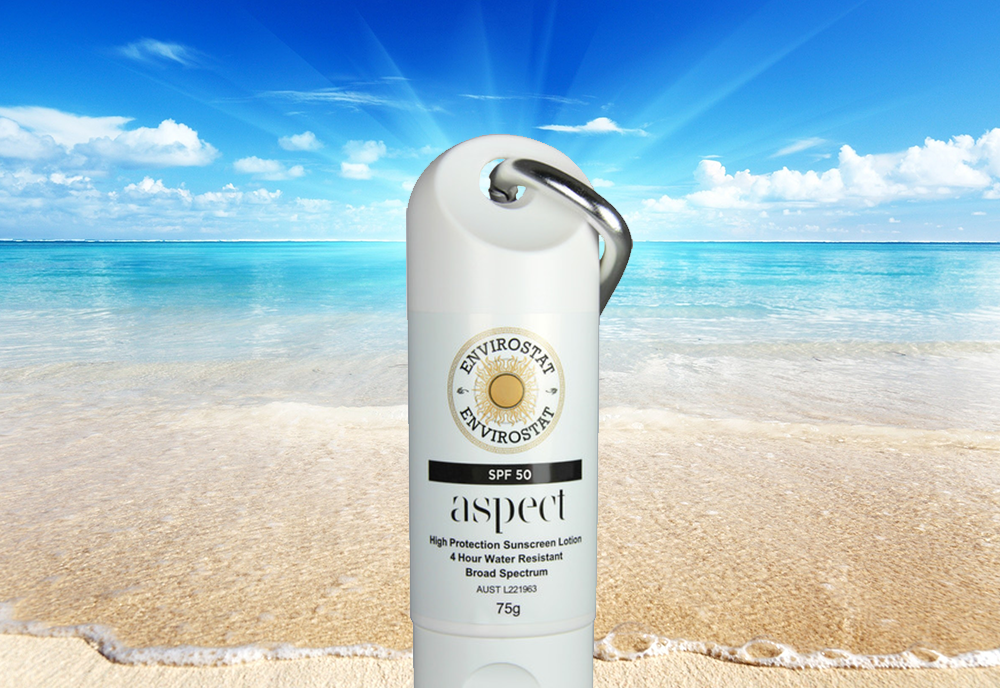
SPF Definitions & Differences
UVA & UVB-What’s the difference?
The term SPF or ‘Sun Protection Factor’ is a measurement of UVB protection. UVB rays are the burning rays, while UVA rays are the ageing rays, leading to wrinkles and dark spots known as ‘sun spots’ on the skin.
The Skin Cancer Foundation describes UVA and UVB rays in the following way~
‘Most of us are exposed to large amounts of UVA throughout our lifetime. UVA rays account for up to 95 percent of the UV radiation reaching the Earth’s surface. Although they are less intense than UVB, UVA rays are 30 to 50 times more prevalent. They are present with relatively equal intensity during all daylight hours throughout the year, and can penetrate clouds and glass.
UVA, which penetrates the skin more deeply than UVB, has long been known to play a major part in skin aging and wrinkling (photoaging), but until recently scientists believed it did not cause significant damage in areas of the epidermis (outermost skin layer) where most skin cancers occur. Studies over the past two decades, however, show that UVA damages skin cells called keratinocytes in the basal layer of the epidermis, where most skin cancers occur. (Basal and squamous cells are types of keratinocytes.) UVA contributes to and may even initiate the development of skin cancers.
UVB, the chief cause of skin reddening and sunburn, tends to damage the skin’s more superficial epidermal layers. It plays a key role in the development of skin cancer and a contributory role in tanning and photoaging. Its intensity varies by season, location, and time of day. The most significant amount of UVB hits the U.S. between 10 AM and 4 PM from April to October. However, UVB rays can burn and damage your skin year-round, especially at high altitudes and on reflective surfaces such as snow or ice, which bounce back up to 80 percent of the rays so that they hit the skin twice. UVB rays do not significantly penetrate glass.’
Did you know that 2 in 3 Australians will develop some form of cancer before the age of 70?
Choices, choices, choices…
By choosing a higher SPF, you may avoid a sunburn but UVA rays may still be getting through. This is why choosing a sunscreen that offers ‘broad spectrum’ protection is essential to protecting your skin from both UVA and UVB rays.
If you are unsure of whether or not your sunscreen has enough UVA blocking ingredients, look for the following on your product label.
- Zinc Oxide
- Titanium Dioxide
- Avobenzone
- Oxybenzone
- Ecamsule
